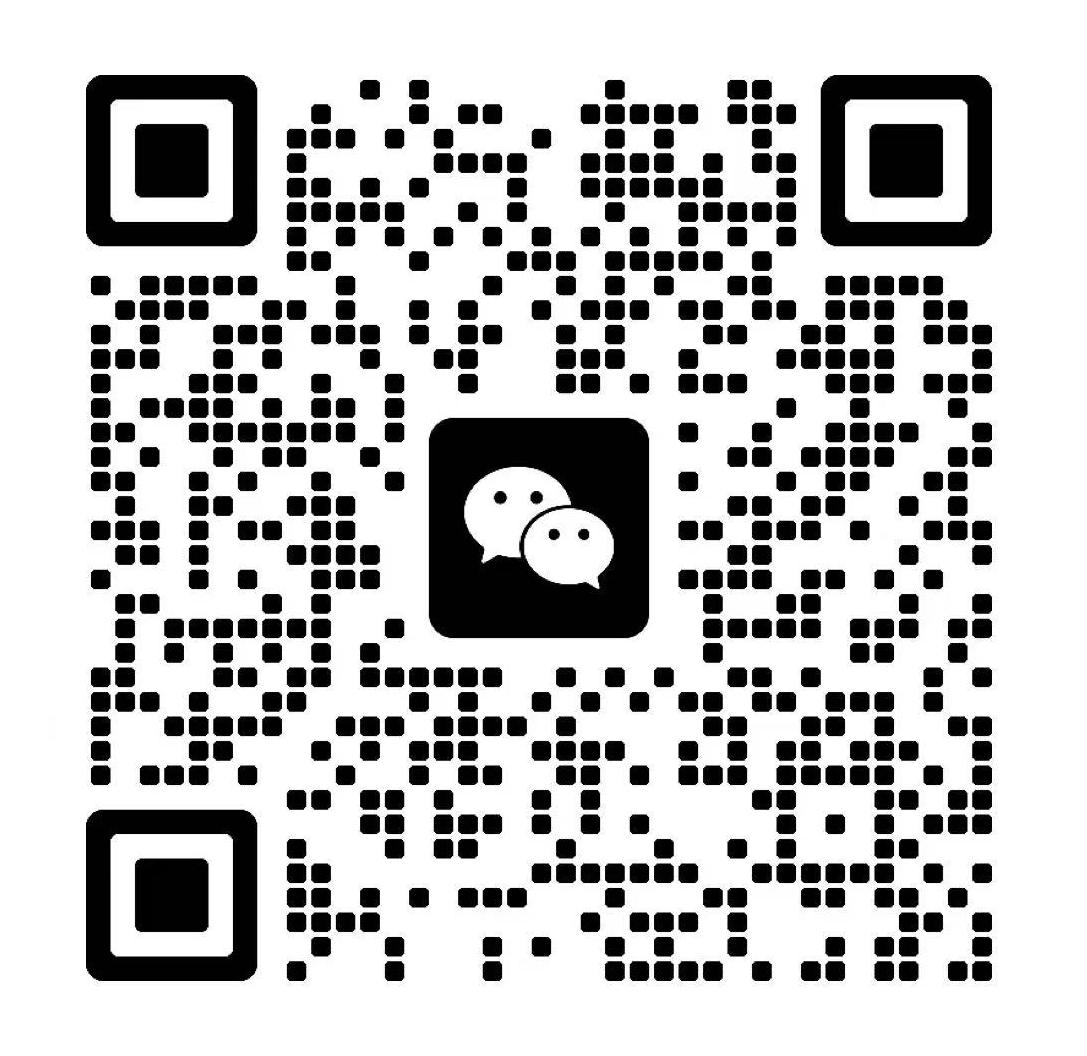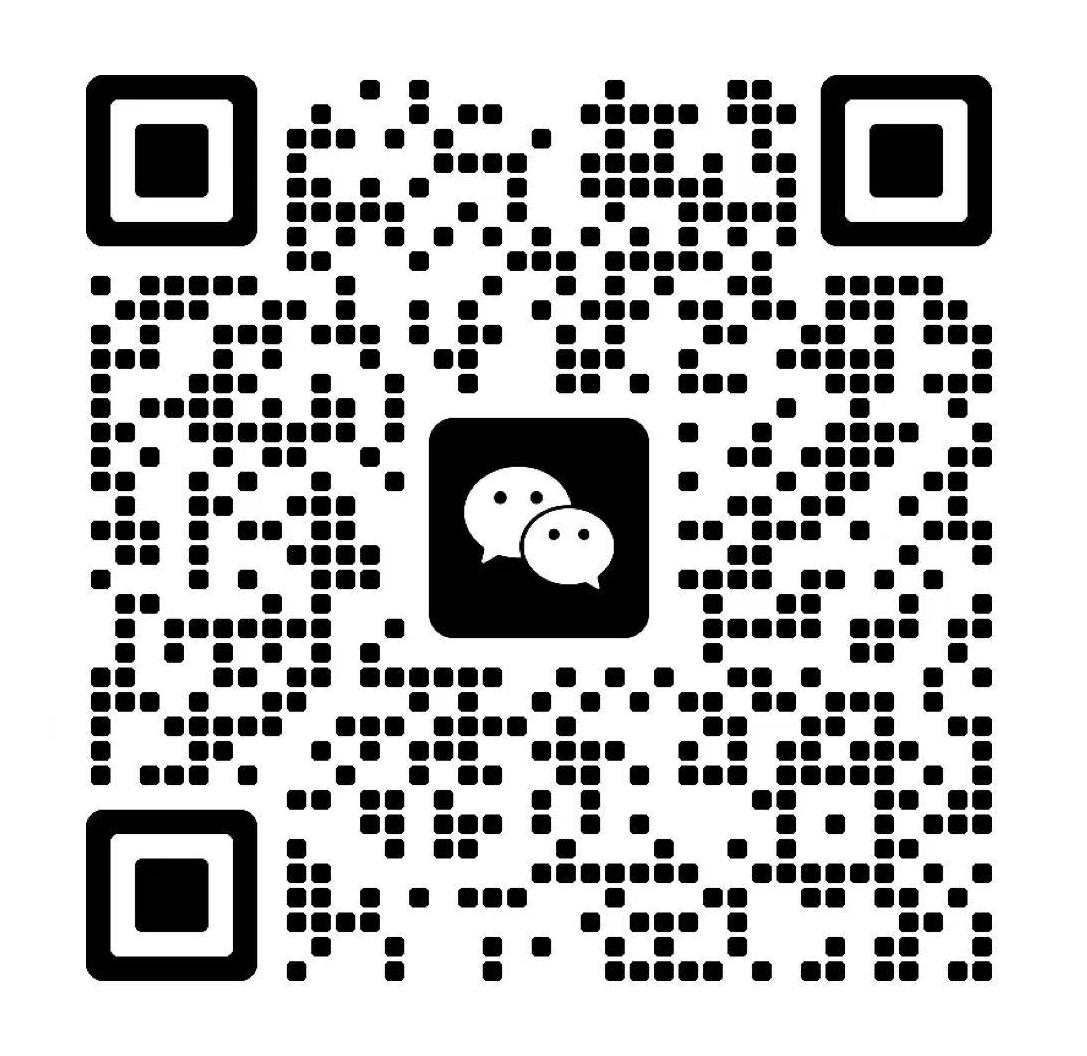What Is the Difference Between Radio and Microwave Video Transmission?
In the world of wireless communication, radio waves and microwaves are two foundational technologies that form the backbone of modern communication systems. Both play crucial roles in transmitting information across distances, but they operate differently in terms of frequency, range, bandwidth, and application. Understanding the distinctions between radio and microwave video transmission is essential for selecting the right technology in fields like defense, broadcasting, telecommunications, and unmanned systems.

1. Frequency Range
The most fundamental difference between radio and microwave video transmission lies in their frequency ranges.
Radio transmission typically refers to frequencies below 1 GHz, spanning from Very Low Frequency (VLF, 3–30 kHz) up to Ultra High Frequency (UHF, 300 MHz–3 GHz).
Microwave video transmission, on the other hand, operates within the Super High Frequency (SHF, 3–30 GHz) and Extremely High Frequency (EHF, 30–300 GHz) bands.
Because of the higher frequencies involved, microwave signals can carry more data at faster rates, but they also have more stringent requirements regarding line-of-sight and interference.
2. Transmission Characteristics
Radio waves can travel long distances and penetrate obstacles like buildings and trees. That’s why they are commonly used in AM/FM broadcasting, walkie-talkies, and maritime/aviation communication.
Microwaves are primarily line-of-sight. They require a direct, unobstructed path between transmitter and receiver. As such, microwave systems are commonly deployed using directional antennas like parabolic dishes or horn antennas.
Despite their limited range compared to radio, microwave video transmissions are far more suitable for high-capacity, low-latency applications due to their wider bandwidth.
3. Bandwidth and Data Rate
Microwave systems provide significantly higher bandwidth than radio systems.
A typical radio communication system might support a few kilobits to several megabits per second.
In contrast, microwave video transmission can easily support data rates of hundreds of Mbps to several Gbps, making them ideal for streaming HD video, real-time surveillance, or backhaul in cellular networks.
This makes microwave the go-to choice for bandwidth-intensive applications such as drone video links, military command networks, and emergency response communication systems.
4. Antenna Design and Deployment
Another key difference lies in antenna design:
Radio antennas are usually omnidirectional, meaning they radiate energy in all directions. This is useful for broadcasting applications but also introduces more interference and security risks.
Microwave antennas are typically directional, providing focused beams that reduce interference, increase range, and enhance signal security.
For instance, a ground-based microwave transmitter can be configured to precisely align with a drone in flight, ensuring continuous data link and minimal latency.
5. Applications
Radio transmission is widely used for:
FM/AM radio broadcasting
Analog and digital TV
Public safety communication
Low-data-rate telemetry
Microwave video transmission is critical for:
High-speed wireless backhaul (4G/5G)
Radar and satellite communication
Real-time drone video feeds
Tactical military communication
6. Limitations
While both systems have their merits, each comes with limitations:
Radio signals are more prone to interference and offer lower data capacity.
Microwave signals are affected by atmospheric conditions (e.g., rain fade) and require precise alignment for long-distance wireless bridge communication.
Choosing between the two depends on the specific application, budget, and environmental constraints.
Conclusion: Why Microwave Matters in the Age of Data
As modern communication demands continue to grow, especially in sectors like autonomous systems, smart cities, and emergency response, the need for reliable, high-bandwidth wireless bridge communication solutions becomes more urgent. Microwave video transmission fills this gap effectively, offering high-speed, secure, and scalable connectivity for mission-critical operations.
TuQian Microwave video Transmission Solutions
TuQian Wireless offers a range of high-performance microwave video transmission products tailored for demanding environments—from soldier-borne systems and vehicle-mounted transmitters to UAV and PTZ camera integrations. Designed with cutting-edge modulation techniques, robust hardware, and compact form factors, TuQian’s microwave solutions ensure stable, high-definition wireless video and data transmission in real-time.
Whether you are building a surveillance network, a defense-grade communication system, or a robust UAV link, TuQian Wireless stands ready to support your microwave communication needs with reliability and innovation.
-
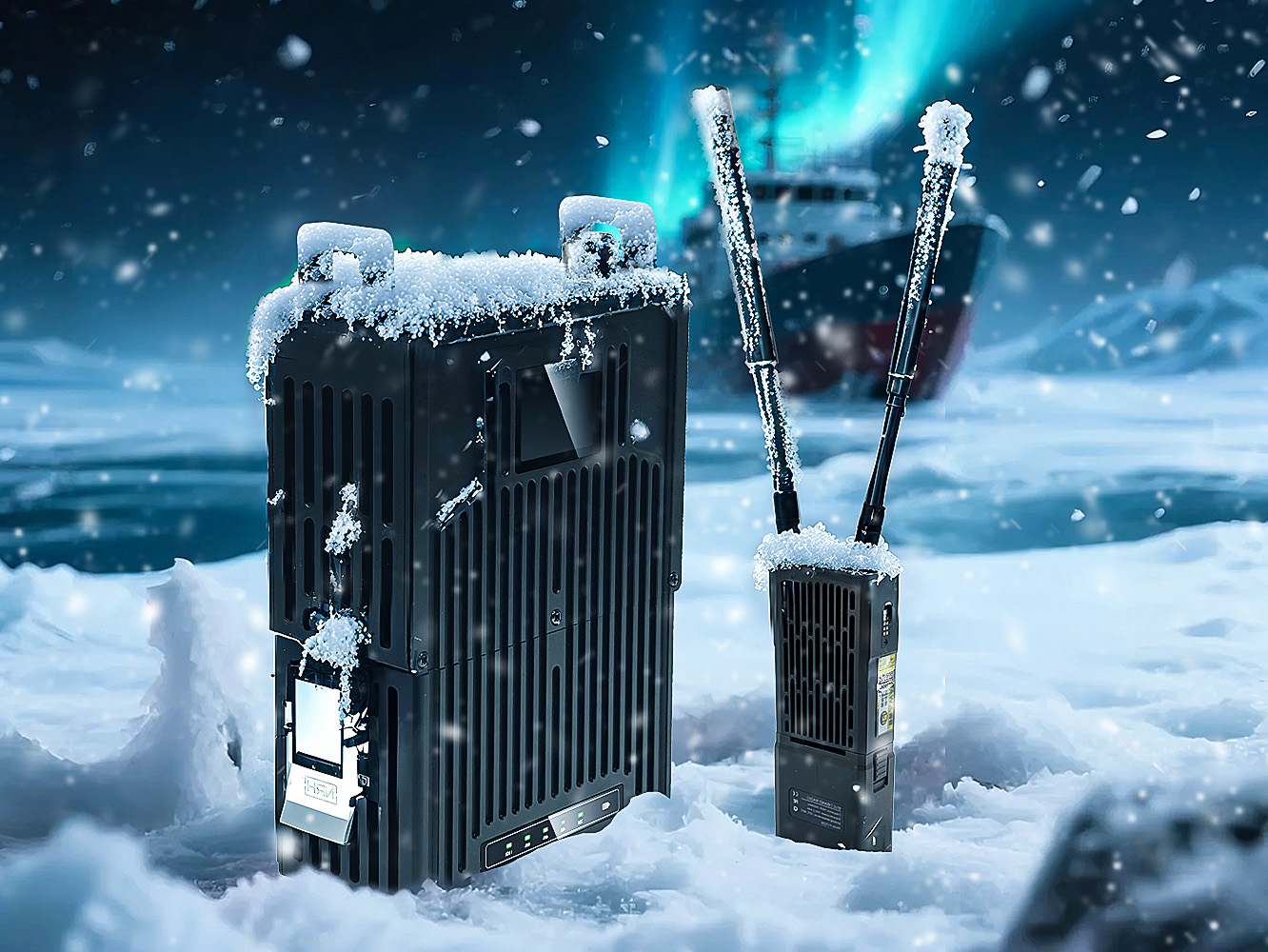 2025-10-24
2025-10-24 -
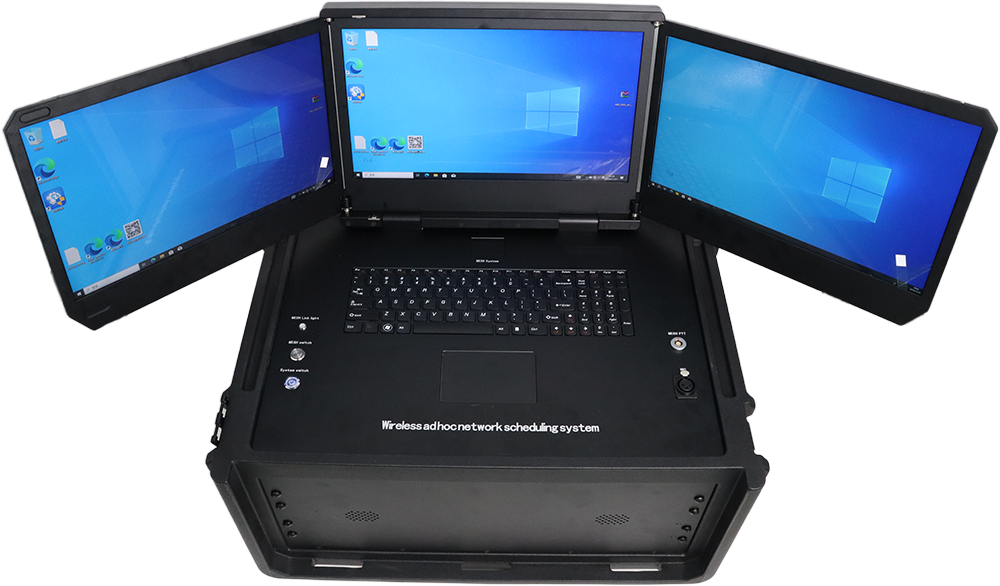
What is an Emergency Communication System and How Does It Work?
2025-09-16 -
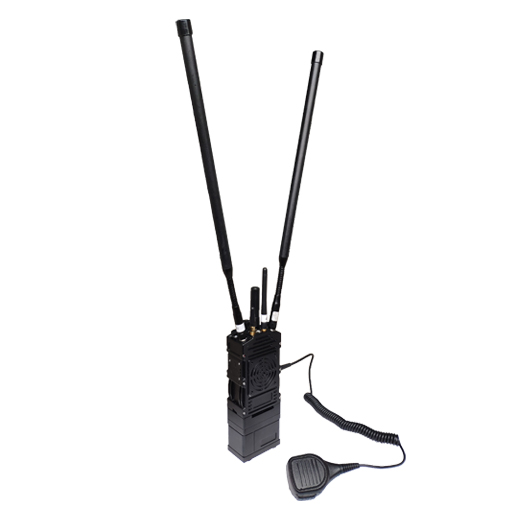
What Is Point to Point and Point to Multipoint Wireless Network?
2025-09-05 -

What Are the Two Types of Microwave Transmission?
2025-08-29 -

Multi-Node MESH Networking: Principles and Real-World Applications
2025-08-18 -

Unmanned Aerial Vehicle Transmission Equipment Communication Solution
2025-07-24


